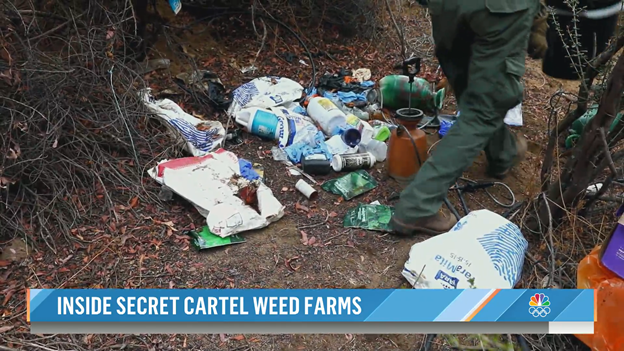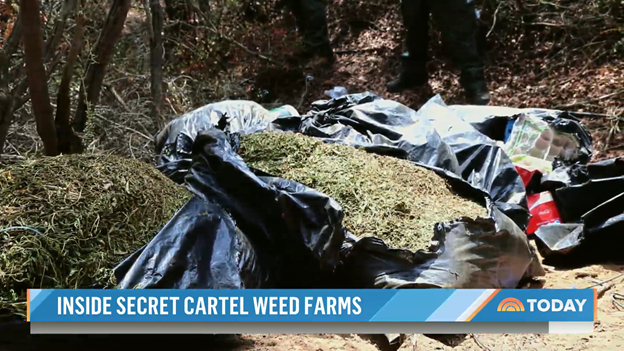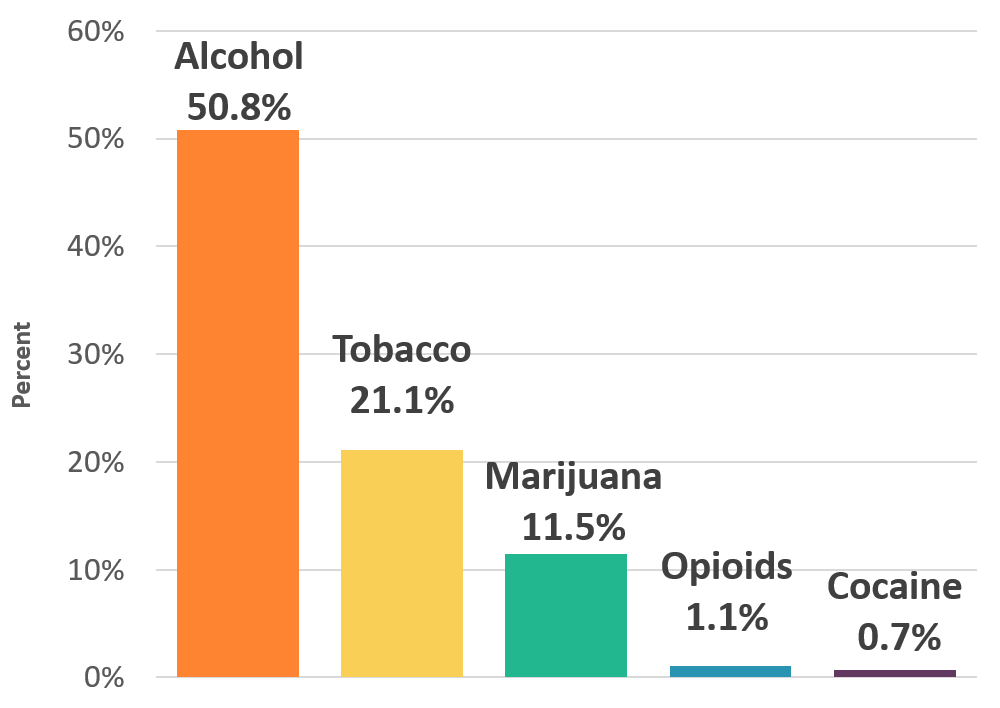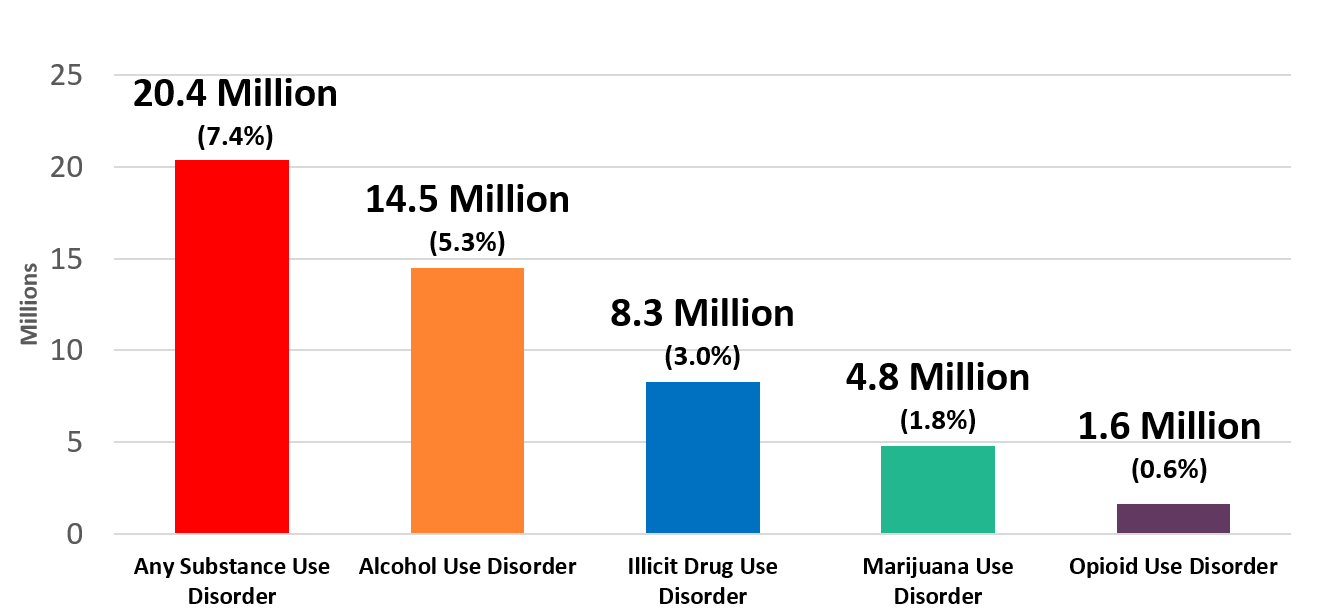Drug Legalization: A False Hope
Advocates of drug legalization believe that making high-quality drugs cheaply and widely available will eliminate the illegal drug market, regulate quality and price, and decrease law enforcement costs including arrest and incarceration. They predict that governments will spend less money on law enforcement, benefit from a new source of tax revenue and that drug-related crime will fall if drugs from marijuana to heroin become routinely accessible, more or less as are alcohol and tobacco.
But unless these “reforms” make all illegal drugs cheaply available to any willing buyer there will be a large and destructive illegal market in these addictive substances. In fact, by reducing the legal and other pressures that reject illegal drug use, these “reforms” all will increase the use of illegal drugs and with this increase will come the harms caused by it. Moreover, legal drugs, i.e., alcohol and nicotine, provide poor models for legalization. The tax revenues reaped from these drugs are dwarfed by their social and health costs. The same is true for marijuana and any other illegal drug.
“The greatest mortality from drugs comes from legal drugs. The moment you make a drug legal, you’re going to increase the number of people who get exposed to it, and therefore you increase the negative consequences from its use. When you legalize, you create an industry whose purpose is to make money selling those drugs. And how do you sell it? Mostly by enticing people to take them and entice them to take high quantities.”
Marijuana Legalization
In November 2012 Colorado and Washington State passed ballot initiatives legalizing marijuana, making the United States the first country in the world to legalize the commercial production, sale and use of marijuana. As of March, 2022, 18 states and the District of Columbia have legalized marijuana, adding it to alcohol and nicotine as a third drug legal for adults. Alcohol and nicotine are the leading causes of preventable illness and death in the United States.
Legal marijuana competes with illegal marijuana with a big disadvantage: legal marijuana is subjected to regulations and taxes to add to its price. Worse yet, legal marijuana has shown remarkable innovation in products beyond anything previously done by the illegal marijuana suppliers, including THC concentrates (dabs), vaping oils, and the sale of edibles. Both legal and illegal suppliers have increased the potency of their products adding to its risks.
In response to the legalization of marijuana in Massachusetts, in 2019 a consortium of clinicians and scientists released a Statement of Concern expressing their disagreement with how marijuana policy is being shaped across the state.
““To support substance use prevention and social, emotional, and mental health promotion, state and local leaders must support strategies that minimize the reach of the marijuana industry and promote healthy, drug-free norms for families and communities.”
The environmental impact
In December 2021, The Today Show investigation highlighted the environmental impact of illegal marijuana grows run by Mexican drug cartels in California’s national forests.



“For years now, the cartels have siphoned off precious public water, poisoned wildlife, and wreaked environmental havoc, mostly unhindered.”
The Community Impact
The following film Chronic State from DrugFree Idaho documents the impact of the legalization and normalization of marijuana on local communities:
What are the policy choices?
Smart Approaches to Marijuana (SAM) is leading the nation in finding smart, effective and less punitive strategies to discourage marijuana use and prevent a new Big Marijuana industry with a focus on public health. Below, SAM co-founder Kevin Sabet, PhD presents the false dichotomy of legalization and criminalization:
Ben Court, director of professional relations for an adult substance-addiction treatment hospital in Colorado, examines the impacts of a growing new marijuana industry on everything from policing and arrest rates to LGBTQ issues:
Data from the National Survey on Drug Use and Health (NSDUH) shows the discrepancy between use of legal drugs (alcohol, tobacco, and increasingly, marijuana) and illicit drugs. Among Americans 12 and older, about 51% have used alcohol in the past 30 days while about 21% have used tobacco. The percent who have used any marijuana is nearly 12%, dramatically more than those who used opioids (1%) or cocaine (0.7%).
Past month substance use by Americans age 12+ in 2019 - Source: NSDUH
None of the illegal drugs is less biologically attractive than alcohol or tobacco. The reason so many more Americans use these two drugs is that they are legal for adults and are widely available and promoted supported by well-established industries. Legalizing marijuana ensures that the percent of Americans using this drug will rise to the levels seen by these two legal drugs. Worse yet, it is important to note that over 58% of Americans who suffer from a substance use disorder for drugs other than alcohol have a marijuana use disorder.
Substance use disorders among Americans age 12+ in 2019
There have also been substantial changes in the ways in which marijuana is used. Although overall the national rate of marijuana use for Americans age 12 and older has declined since 1979, a greater segment of marijuana users are heavy users. As shown below, from 1992 to 2014, the number of daily or near-daily marijuana uses increased 772%!
Millions of Americans Reporting Marijuana Use, by Number of Days of Use Reported in the Past Month
The Institute for Behavior and Health has proposed a strategy for sustained and systematic annual collection, analysis and reporting of the health, safety, and other consequences of marijuana use and marijuana legalization. IBH is calling on the US Congress to designate the National Academy of Sciences, Engineering, and Medicine (NASEM) to establish an independent Scientific Committee to Monitor the Effects of Marijuana Policy Changes. This committee would assemble, analyze and report data on the effects of marijuana use and changes in marijuana policy, and recommend priorities for research in this area. The full IBH report on this strategy can be found here.



